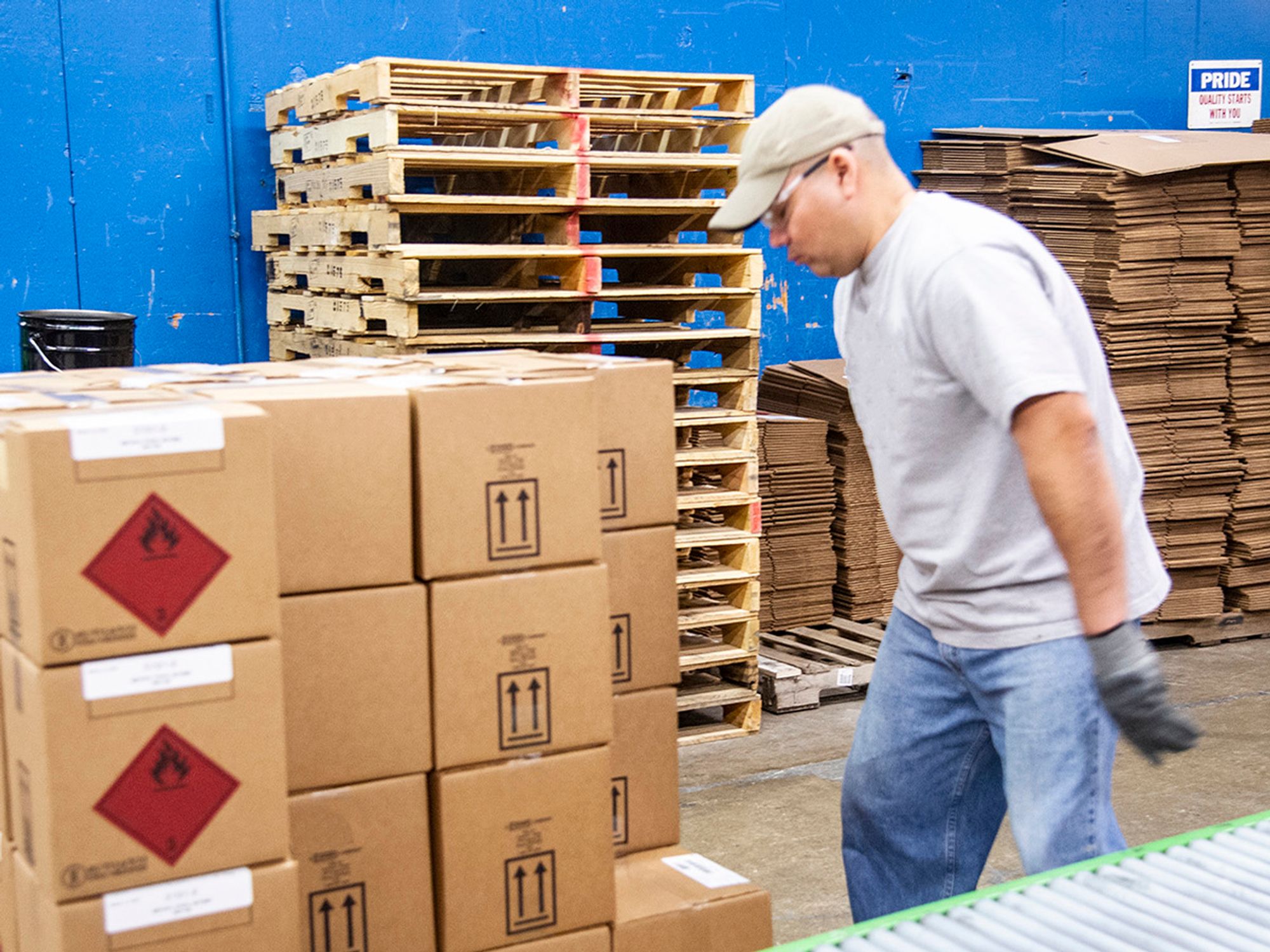
Be Part of the Ultimate Safety & Compliance Community
Trending news, knowledge-building content, and more – all personalized to you!
:
|

An outer packaging may contain more than one item of dangerous goods or other goods only as follows:

Additional requirements for packages containing radioactive material are found the International Air Transport Association (IATA) Dangerous Goods Regulations (DGR) Section 10.5.
The calculated “Q” value must be:
UN 3316 is not permitted in the same outer packaging with other dangerous goods.
Certain lithium metal and lithium ion batteries are not permitted in the same outer packaging with most other dangerous goods.
For dangerous goods where the maximum quantity per package has a packing instruction reference shown in Column J or L in the List of Dangerous Goods, check and comply with the maximum net quantity per package as shown in the packing instruction.

An outer packaging may contain more than one item of dangerous goods or other goods only as follows:

Additional requirements for packages containing radioactive material are found the International Air Transport Association (IATA) Dangerous Goods Regulations (DGR) Section 10.5.
The calculated “Q” value must be:
UN 3316 is not permitted in the same outer packaging with other dangerous goods.
Certain lithium metal and lithium ion batteries are not permitted in the same outer packaging with most other dangerous goods.
For dangerous goods where the maximum quantity per package has a packing instruction reference shown in Column J or L in the List of Dangerous Goods, check and comply with the maximum net quantity per package as shown in the packing instruction.